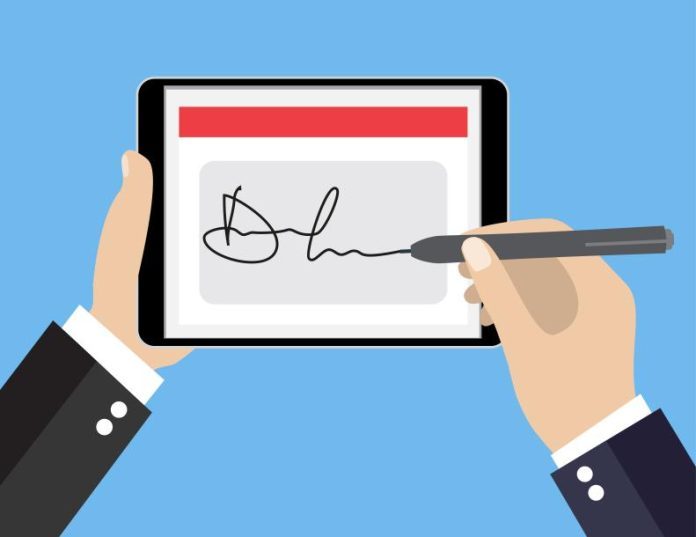
Digital signatures have become an indispensable tool in the business and academic world. Not only do they save time, but they also provide an additional level of security compared to handwritten signatures. This new signing technology relies on cryptography to ensure the authenticity and integrity of signed documents. If you are interested in adopting this practice, this article will show you how to create a digital signature, presenting the best tools and necessary steps.
What is a Digital Signature?
Before we proceed, it is important to understand what a digital signature is. It is a means of validating the integrity and origin of a digital document, much like a handwritten signature on paper. A digital signature uses cryptographic algorithms to uniquely link you, the signatory, to the document you are signing.
Requirements
To make a digital signature, you will need:
- Digital document to sign (usually in PDF format)
- Specific software or online service
- Digital certificate (for more secure methods)
- Internet access
Digital Signature Applications:
Adobe Acrobat Reader DC
Undoubtedly, one of the most popular and reliable applications for signing PDF documents is Adobe Acrobat Reader DC. This software not only allows you to add a certified digital signature, but it also offers the option to increase the security of your document. Specifically, it provides the functionality to protect the file with a password, thus providing an additional layer of security.
DocuSign
Without a doubt, DocuSign represents an extremely practical online solution that makes it easy to send, sign and store documents securely. This service stands out as particularly beneficial for companies that face the need to collect multiple signatures on a single document, making the entire process more agile and efficient.
SignNow
SignNow certainly presents itself as a digital signature application that stands out for its remarkably simple and intuitive interface, with a clear focus on user efficiency. This software not only allows you to sign documents in a wide range of formats, but also offers the advantage of real-time collaboration features, thus enriching the user experience.
HelloSign
Similar to DocuSign, HelloSign offers an extremely easy-to-use interface, making the signing process very accessible. In addition, this service stands out for offering useful integrations with other widely used applications, such as Google Drive and Dropbox, thus expanding the possibilities of use and facilitating document management.
Step by step:
1. Choose an App or Service
First, choose the app or service that best suits your needs. Make sure it supports the type of document you want to sign.
2. Upload the Document
Upload the document you want to sign. This is usually done by dragging and dropping the file into the application interface or by clicking an upload button.
3. Create your Digital Signature:
Many applications allow you to create a signature in a variety of ways: drawing with your mouse, using your keyboard, or even uploading an image of your signature.
4. Position the Signature
Drag and drop your signature to the desired location within the document.
5. Certify (Optional)
If the application offers it, you can certify your signature by adding a digital certificate that proves your identity.
6. Save and Share
Finally, save the signed document and share it as needed.
Naturally, digital signatures have become an undeniably essential component of the modern workplace. By adopting the right tools and following the correct procedures, you have the opportunity to easily integrate this type of signature into your professional routine. This, in turn, makes the entire process not only more efficient, but also more secure. With that in mind, we sincerely hope that this guide has served as a valuable resource for you in learning how to create a digital signature in a way that is both effective and secure.
